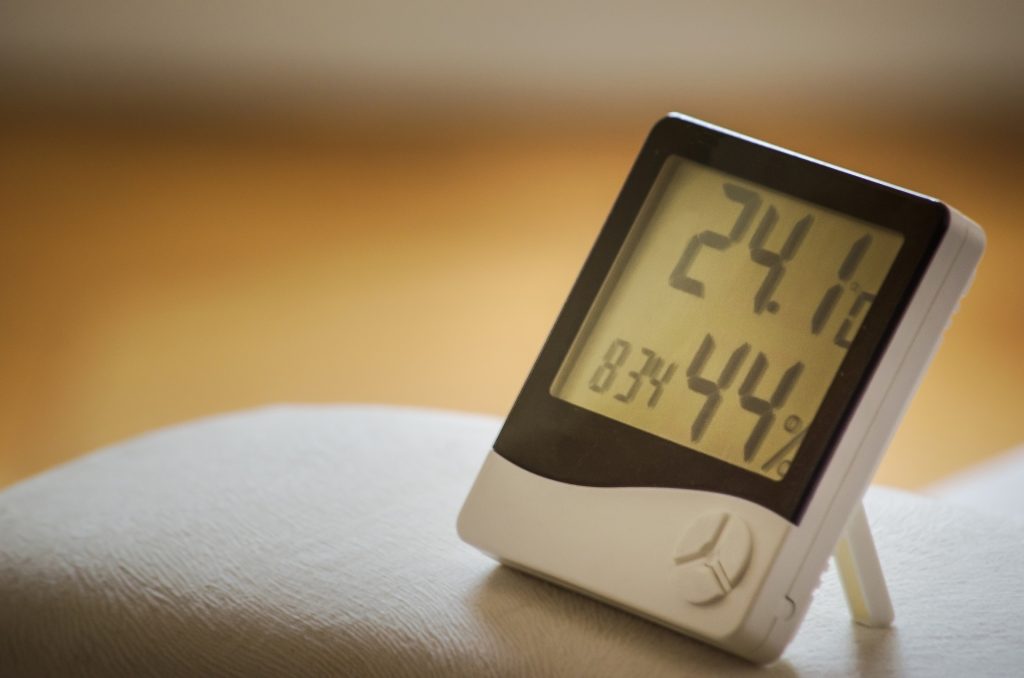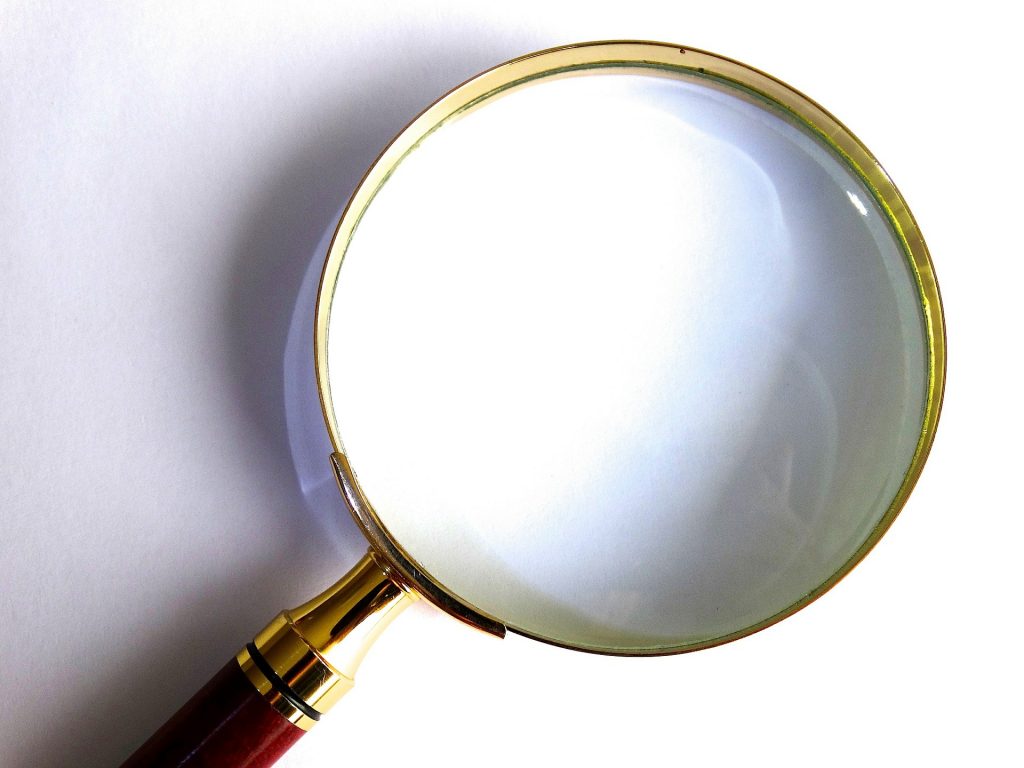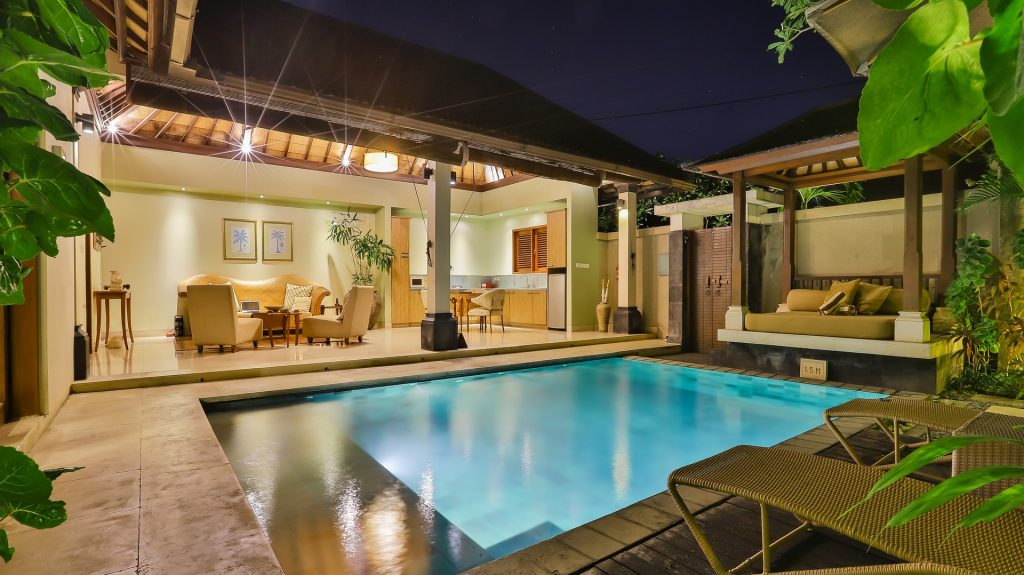There are many ways in which the air of your home can affect your health. Among the most noticeable is when you experience the symptoms of allergies. Let’s take a look at the question of whether the air in your home is causing your allergies.
Dry Heat and Sinuses
With the end of the summer quickly approaching, many Arizona residents will soon be turning their heating systems on to combat the chilly nights common to our desert landscape. Because cold air doesn’t hold as much moisture as warmer air, it can become dry in the fall and winter months. You would think that the heat of your furnace or another heating system would increase moisture by heating the air, but the opposite is true—the heat decreases the humidity.
Dry heat and sinuses are not a good combination, especially if you are prone to allergies. There are many dry air allergy symptoms that you’ve probably experienced in your home over the years unless you’ve taken precautions to achieve optimal humidity indoors.
Either high or low home humidity can significantly affect your health. If the humidity is high, it lends to an increased amount of dust mites and mold growth. To keep these at a tolerable level, you’ll want to reduce the humidity in your home below 50%. However, you can also lower your indoor humidity level too much. When indoor humidity falls below 30%, the air around you will become dry. This low humidity will often cause your skin, nasal cavity, and throat to experience dryness.
Can Dry Air Cause Allergy Symptoms?
Yes. Even if you don’t have allergies, the symptoms you may develop in dry air mimic many of the symptoms you suffer from allergy sufferers. Dry air can dry your skin and throat. Eyes may become itchy. The dry air may cause a cough that persists, mimicking allergy symptoms.
Additionally, those pesky dust mites, mold, and bacteria that may have formed in more moist air will dry out and enter the air around you. These evaporated pollutants can then be breathed in, harming your health and creating allergy symptoms.
Can Dry Air Trigger Allergies?
Dry air can trigger allergies by drying up your sinuses and nasal passages. This drying destroys the mucous lining that acts as a protective layer. The result may be that your allergies flare up more often due to how dry the breathable air within your home is.
Humidifiers installed to combat dry air can be equally unhealthy without proper maintenance. Dirty reservoirs and filters are breeding grounds for bacteria and mold. Even people who don’t suffer from allergies may experience symptoms similar to allergies or the flu. In some cases, lung infections can result from the contaminated mist being released into the air by a dirty humidifier.
Does Dry Air Make Allergies Worse?
It can. There is a definite connection between dry heat and sinuses. If you combat allergy symptoms, dry air can make you feel even more uncomfortable by irritating sensitive passages.
A dirty humidifier can put out a mist that is polluted by bacteria. Likewise, the growth of pollutants caused by excessive humidity can cause or exacerbate asthma and allergies.
What Causes Dry Air?
Dry air is usually caused by heating that pulls the moisture from the air. You can correct this problem by installing a quality humidifier and maintaining it properly. Humidifiers produce steam which helps introduce moisture back into the air. However, you’ll want to take care to maintain a humidifier properly.
Periodically check to ensure your humidifier is correcting the humidity to the desired level and keep it tidy. An infrequently cleaned humidifier can be as bad for you as the effects of dry air. Contaminated humidifiers can be hotspots for mold or bacteria to form.
There are five different kinds of humidifiers available. If you have allergies, you may want to consult your doctor before choosing which is best for you.
- Impeller humidifiers create a cooling mist with a rotating disk
- Evaporators blow air through a wet filter, belt or wick with a fan.
- Steam vaporizers create steam that cools and disperses into the air
- Central humidifiers are whole house humidifiers built into your HVAC system
- Ultrasonic humidifiers create a cool mist via an ultrasonic vibration.
Identifying Dry Air Problems
You should always maintain a humidity level between 30% and 50%. Humidity lower than 30% is indicative of dry air. If you aren’t sure where your home falls on the scale, you should measure humidity in your house with a hygrometer from your local hardware or DIY store. Some humidifiers will have a humidistat, a built-in hygrometer that manages this for you.
Suggestions for Maintaining a Clean Humidifier
You should always follow the instructions from the manufacturer to keep your humidifier in optimal working order. These tips may also help:
- Use only filtered or distilled water to fill your humidifier reservoir. Unfiltered water from your tap can contain minerals that will leave behind deposits that foster the growth of bacteria. These harmful particles can then be released back into the air for members of your household to breathe. Sometimes, your humidifier may use filters designed to demineralize the added water.
- Change the water in your humidifier once a day to prevent film or deposits from developing. Don’t allow deposits to grow inside your humidifiers. Unplug the humidifier, dump the tank, dry out the inside surfaces and fill with fresh water.
- Clean the humidifier at least twice per week. Unplug the unit. Remove mineral deposits, film buildups, and other contaminants using a 3% hydrogen peroxide mix. You can also use a bleach solution or another disinfectant if preferred. Consult the manufacturer’s instructions to see what they recommend. Rinse all solutions away thoroughly before refilling the tank.
- Change filters as recommended. Not all humidifiers have a filter, but those that do will need them changed regularly. You should change them more often if you find they are getting filthy between changes.
- Maintain central humidifiers properly. If you have a whole house humidifier, be sure to have it serviced as recommended to keep it operating at optimal levels.
- Replace aging humidifiers. Even with the best care, humidifiers can build up deposits that can’t be adequately removed over time. Rather than risking bacteria growth, it’s better to replace these units.











